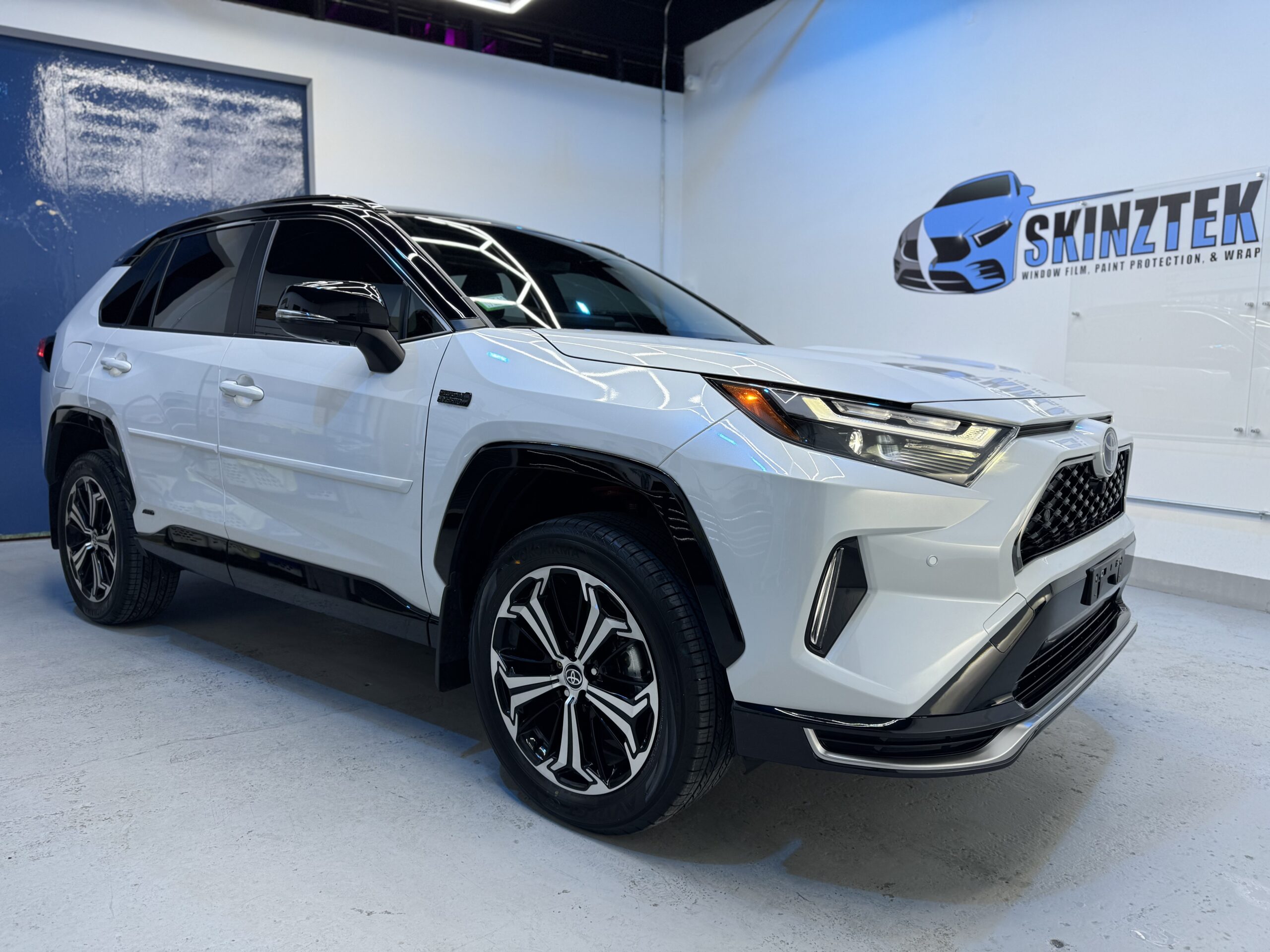Not all window tints are created equal. Whether you’re looking for improved privacy, UV protection, or better heat rejection, choosing the right window tint can make all the difference. This guide walks you through the different types of window tints—dyed, metallic, carbon, and ceramic—and how to select the perfect shade based on legal limits, climate considerations, and personal preferences.

Understanding Different Types of Window Tint
1. Dyed Window Tint
Dyed window tint is one of the most affordable options on the market. It uses a layer of dye between an adhesive layer and a protective top coating. While it provides good privacy and reduces glare, it doesn’t offer the best heat rejection or durability compared to other types. Over time, exposure to UV rays can cause dyed tint to fade or turn purple.
Best for: Budget-conscious consumers who want a simple solution for glare and privacy without prioritizing heat rejection.
2. Metallic Window Tint
Metallic tint incorporates tiny metallic particles that enhance its ability to reflect heat and UV rays. This type of tint provides superior heat rejection, improves window strength, and has a sleek, reflective appearance. However, the metallic particles can interfere with electronic signals, affecting GPS, cell reception, and radio frequencies.
Best for: Drivers who prioritize heat rejection and durability but don’t heavily rely on electronic devices inside their vehicle.
3. Carbon Window Tint
Carbon window tint offers excellent UV and heat protection without the interference issues of metallic tint. It has a matte finish that adds a stylish, high-end look to your vehicle. Carbon tint also improves energy efficiency by reducing interior heat, which helps keep your car cooler in hot climates.
Best for: Those who want a balance between heat rejection, durability, and a sleek aesthetic without signal interference.
4. Ceramic Window Tint
Ceramic tint is the premium choice, featuring advanced nano-ceramic particles that block up to 99% of UV rays and offer the highest level of heat rejection. Unlike metallic tints, ceramic options do not interfere with electronic signals. Additionally, they provide exceptional clarity, reducing glare without hurting visibility. While it is the most expensive option, ceramic tint is the most durable and effective for extreme climates.
Best for: Anyone looking for the highest quality tint with maximum heat rejection, UV protection, and long-term durability.
How to Choose the Right Tint Shade
Window tint shades range from nearly clear to very dark, measured by Visible Light Transmission (VLT) percentage. The lower the VLT, the darker the tint. Here are key factors to consider:
- Legal Limits: Each state has specific laws regarding how dark your tint can be. Be sure to check local regulations before installation.
- Heat Rejection Needs: If you live in an extremely hot area (like Arizona), you’ll want a tint with high heat rejection, such as ceramic or carbon. If it performs well in extreme heat, it will undoubtedly keep you comfortable in milder climates like Chicago.
- Privacy vs. Visibility: A darker tint offers more privacy but may reduce visibility at night. Lighter tints provide protection while maintaining a clear view.
Final Thoughts
Choosing the right window tint depends on your budget, climate, and personal preferences. While dyed tints are affordable, ceramic tints provide the best performance. Consider your needs carefully and consult a professional to ensure your choice complies with local laws.
If you’re looking for high-performance window tint that offers durability, heat rejection, and UV protection, SkinzTek provides industry-leading solutions designed to withstand extreme conditions. Contact us today to find the perfect tint for your vehicle!
